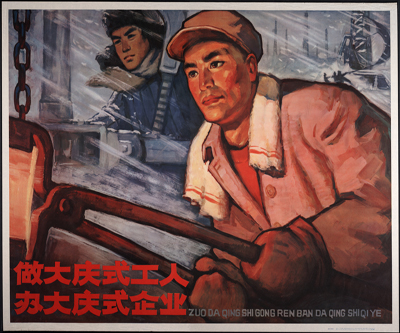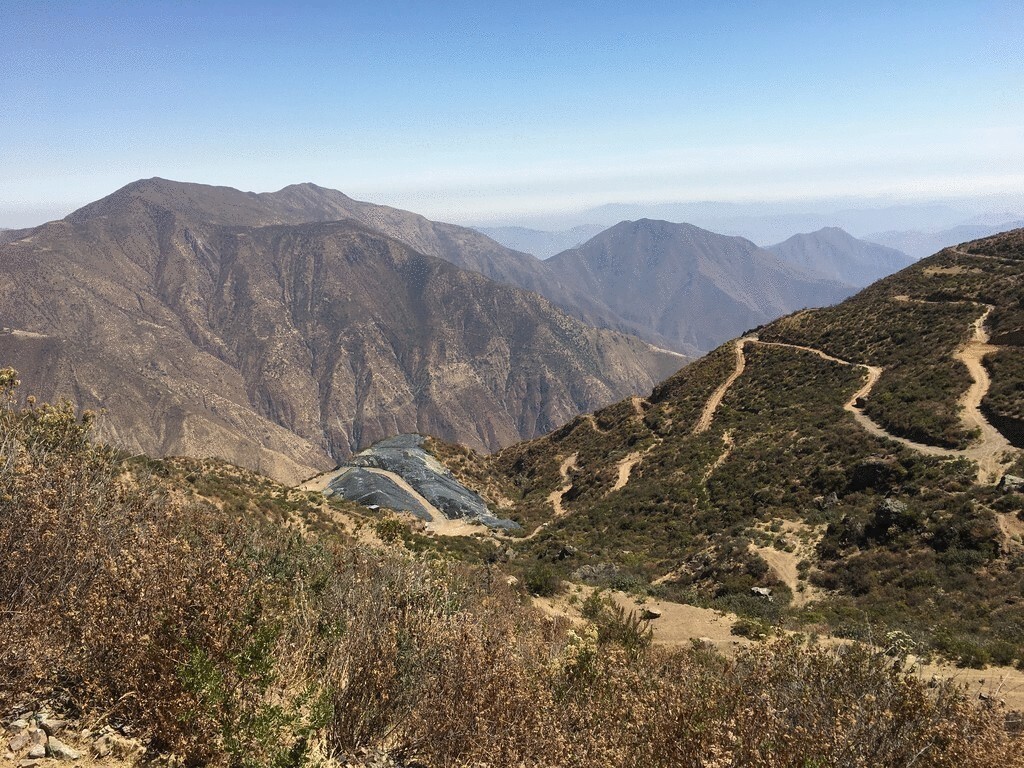Iron ore price gains after summit

After a string of down-days the iron ore price managed to make slight gains on Thursday as steel mills restart production after the conclusion of a global leaders summit in Beijing.
The CFR 62% Fe 2% Al benchmark import price at the port of Qingdao tracked by The SteelIndex was pegged at $76.70 a tonne on Tuesday, up 10c on the day.
The price of iron ore dropped to a fresh nearly five-and-a-half year low earlier this week blamed on Beijing’s efforts to clean up smog to host the Asia-Pacific Economic Cooperation summit, forcing steel mills in Hebei province, the country’s steel producing hub to curb production and idle sintering plants.
Platts quotes a Shanghai-based trader as saying the lost output “should come back online pretty quickly”:
“However, ore demand remained subdued as some mill sources thought they might be asked to reduce output again if pollution returned.”
Because Chinese ore is of such a low quality most Chinese fines require sintering (fines are mixed with coking coal and partially smelted) before being fed into blast furnaces.
Sintering adds to the environmental impact and costs which does not fit well with Beijing’s green agenda and plans to eliminate overproduction in the steel sector.
China’s steelmakers have been substituting domestic supply and reducing the percentage of fines in favour of pellets and so-called “lump” ore from Australia, South Africa and South America which lowers costs and cut pollution by reducing the need for sintering.
According to a Beijing-based trader because spot prices are “low enough now, most people want to try to buy better quality material with lower impurities,” with traders preferring Australian fines with lower silica levels as compared to some Brazilian grades.
Premiums for high-quality lump last week hit the highest since March according to Platts data.
Spot seaborne iron ore lump premiums rose to $0.215 per dry metric tonne unit, translating into an effective price of some $89 a tonne for 62% Fe.
Another factor pushing keeping the market subdued is Chinese port inventories. While stockpiles have declined from record highs over the summer, at just over 100 million tonnes remain up by a third since this time last year.
{{ commodity.name }}
{{ post.title }}
{{ post.date }}

Comments